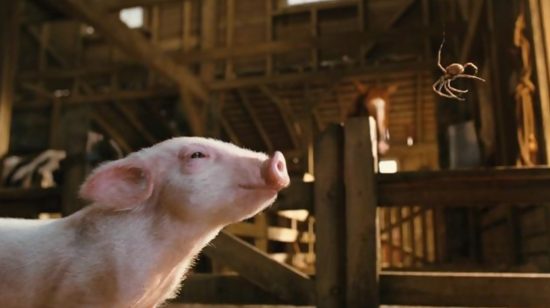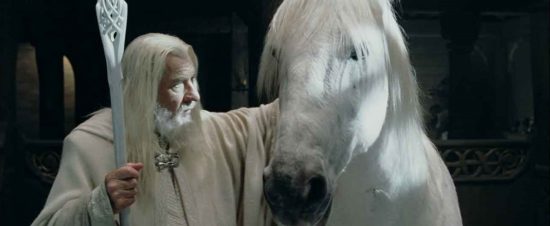Animal Magic: Some Tricks and Secrets of Furry Friends in the Movies
Back in the Golden Era of The Simpsons, the episode Radioactive Man (Season 7, Episode 2) took a light-hearted look at the production side of the movie industry. In one scene, some of the kids query why some men from the prop department are painting patches on horses to make them look like cows. They are told, “cows don’t look like real cows on film; you gotta use horses.”. When asked what they do when they want horses on screen, the prop man shrugs and says “usually we just tape a bunch of cats together.”.
The above was The Simpsons at its best; effortlessly irreverent, and yet somehow insightful and relevant. The joke is silly, but it hints at a wider truth – the movie industry does a lot of weird stuff to trick our perceptions. Indeed, there is a lot not known about animals in the movie industry, and below we wanted to uncover some of the more interesting secrets.
Animals Can Have a Ridiculous Amount of Stunt Doubles
We all remember Babe as a cute pig. But that should really be ‘pigs’ because there were dozens of the porcine hero on screen. In fact, 48 ‘Babes’ were used in the film, as well as one animatronic pig. The reason for this is that old W.C Fields quote, “Never work with children or animals”. The latter can get tired, grumpy and unruly on long days of filming, so it’s easier to get a couple of stand-ins.
You might have also been wondering how they get the pigs to look like they are talking? The answer is a little bit of peanut butter for them to chew on. Of course, there are some animals that make multiple movies. The legendary German shepherd, Rin-Tin-Tin, made 27 films across the 1920s.
Dogs Starring on Screen Are Likely to Be Rescue Dogs
Some of Hollywood’s top movie animal training companies, like Ultimutts and Birds & Animals Unlimited, have spoken about how heading to the pound is the best – and most ethical – way to source canines for a movie. In an interview with The Ringer, one spoke of those “energetic” and “little bit out of control” dogs being the ones that nobody wants to take home. Ironically, though, these spirited pooches have the most potential as screen stars.
But movies aren’t always good news for dog shelters. Back in 2000, protests erupted against Disney and 101 Dalmatians. Campaigners claimed that an inordinate amount of Dalmatians were arriving at shelters due to overbreeding by those trying to cash in on the movie’s success.
Horses’ Hair Is Probably Fake
Horses can be problematic to present on-screen as our perceptions are a little warped as to how they move and look. For instance, if you watch a live horse race, you will see that the animals shape their bodies in different ways when galloping at full speed compared to what we usually see on film. Indeed, horses find it difficult to sustain full speed for long periods, making those long chases in westerns unlikely.
Film studios also like to add a bit of hair to horses’ manes and tails. The fake tails and manes industry already exists for sports like dressage, so studios can call upon experts to give the mounts a bit of pizzazz. There are exceptions, though, including Shadowfax from Lord of the Rings. The “Lord of All Horses” was played by two beautiful steeds, Domero and Blanco, neither of whom needed anything added from the costume department.
CGI Is Used Less Than You Might Think
If you watch something like The Jungle Book, then it’s easy to admire how far CGI has come along in recent years. However, real animals are used much more than you might think. Buzzfeed reports that movies like Snakes on a Plane (real snakes), Candyman (real bees), Home Alone (real spider) and Charlie and the Chocolate Factory (real squirrels) all used real animals.
It is, of course, likely that CGI becomes more and more prevalent as the technology continues to be perfected, but we wouldn’t rule out the end of the animal actor just yet. Indeed, animals are still used for motion capture roles in order for the producers to portray real movement in their computer-based creations.
It’s Really Not That Lucrative for the Animals
Unless you have an animal that becomes a big star, such as Rin-Tin-Tin or Lassie, it’s unlikely that your pooch or kitty is going to make you a fortune. The salary for a dog or a cat to appear on film is usually in line with the salary of paid extras, ranging from just $8 to $25 per hour. Of course, if you happen to have a trained lion or alligator, you should expect a bit more for providing a specialist service, but standard pet fees aren’t too high. Perhaps they should join a union.











